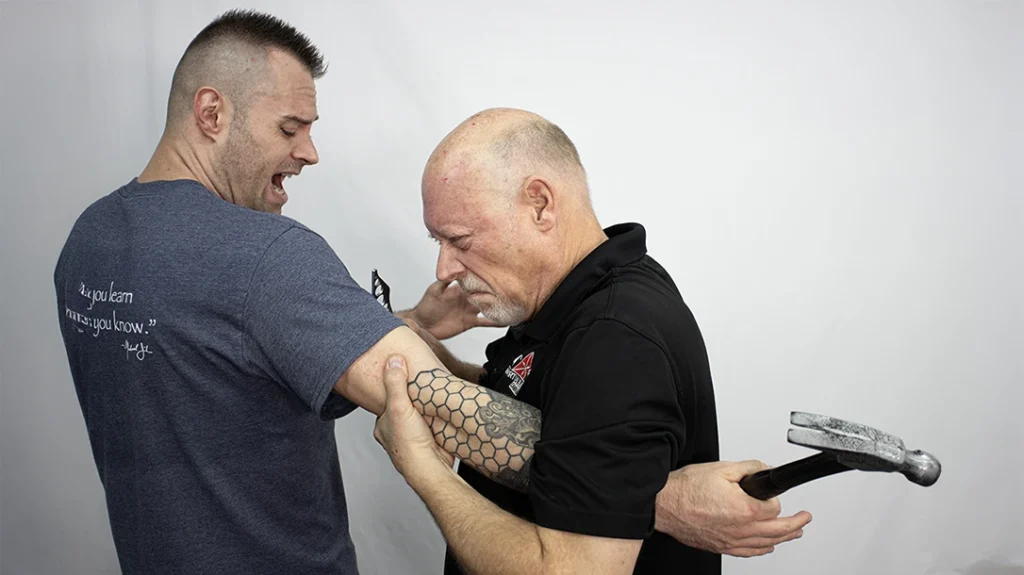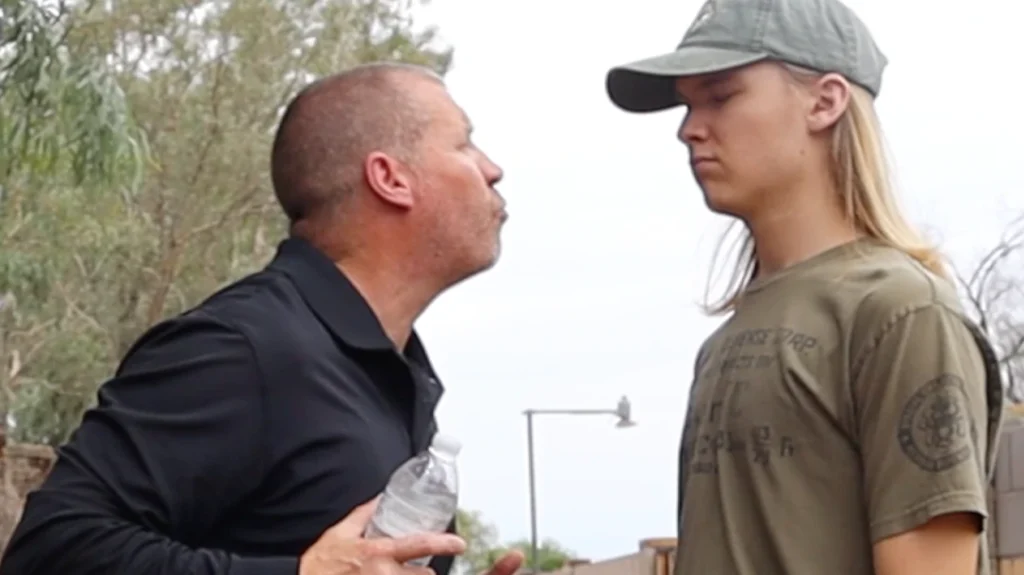Falsely confessing to a crime is nothing new. The number of false confessions that occur each year is a staggering 6,000! This begs the question: Why are there so many false confessions? There may be numerous reasons for this question.
Statistically, there are many reasons why a person might feel they had to, or thought it was the right move, in that moment. These are a few cases that received considerable attention due to alleged false confessions, and each one of these examples ultimately led to the crime being solved.
Case #1-Stefan Kiszko
In October of 1975, a young girl named Lesley Molseed went missing in Rochdale, England. Three days after she was reported missing, her body was found. The young girl, who was only eleven years old at the time, had been sexually assaulted and stabbed. Investigators found traces of semen on her clothing. In 1975, DNA technology was not what it is today, and had it been at that time, this case may have gone a different way.
Advertisement — Continue Reading Below
As investigators looked into the case, they began to put a lot of their focus on a man named Stefan Kiszko. Kiszko may have become the focus since right before the death of this victim, he had been accused of allegedly exposing himself to a young girl. These allegations were proven to be untrue. However, law enforcement still focused on Kiszko as they believed that, due to a particular type of medication he was taking, he may have committed the crime. Police interviewed Kiszko for two whole days, and he finally confessed.

DNA Analysis
After his conviction, while incarcerated, it was brought up that his confession had been falsified. The claim was that Kiszko had allegedly not been given a lawyer and may have been interviewed for too long. That was enough to reopen the case, allowing authorities to investigate further and determine if they had the right suspect. It turns out that at the time of the trial, the victim’s clothing with DNA on it was not introduced into court. It should be noted that at this time, investigators could not conduct DNA analysis as they can now.
Advertisement — Continue Reading Below
There is another reason why not introducing this type of evidence was so crucial to the conviction, and that was that the suspect was known to be incapable of producing sperm. Though DNA analysis would have proven Kiszko was not the killer, the fact that the person of interest could not produce sperm seems like it should have proven his innocence.
By the time the case was reopened, Kiszko had served around 16 years in prison. He was a free man in 1992 but passed away not long after his release. Fifteen years after his death, the DNA was tested in the child’s murder case and came back to a sex offender named Ronald Castree, who received a life sentence for the crime.
Case #2-Sandra Hemme
In 1980, in St. Joseph, Missouri, a woman named Patricia Jeschke was found murdered. The murder was brutal; the victim had a large laceration on her head, had a telephone cord around her neck, and had been sexually assaulted. The cause of death was due to both her head injuries and strangulation.
Advertisement — Continue Reading Below
As the investigation went on, investigators began to look at Sandra Hemme and Joseph Wabski. Authorities were sure that this homicide was connected to two others, though there was not much to go on as far as any of these potential leads were concerned.
As police interviewed Hemme, she stated she was hitchhiking and had stopped at the victim’s home to ask if she could use the shower. After eight interviews, she confessed to the murder or at least claimed she had witnessed it. Before this incident, Hemme did have a criminal history.
Law Enforcement Steps In
The case went to trial twice. During the first trial, Hemme initially pled not guilty but later decided to plead guilty. During that particular trial, Hemme explained how she had met the victim, claiming it was a drug deal gone wrong, and that is why she killed her. However, Jeschke’s family said she was never involved in drugs at all. Also, during the first trial, Hemme claimed she had used a hunting knife to kill the victim and had gotten rid of it as well as Jeschke’s purse. Hemme stated where she disposed of these, but law enforcement could not find either item.
Advertisement — Continue Reading Below
During the second trial, she recanted her original confessions. She also claimed she was not told that she could have a mental examination to assess her mental state. In addition, it was discovered that the evidence had not been explained.
Finally, in 2024, Hemme was exonerated based on the fact that there was no physical evidence, witness statements, etc, to tie her to the actual crime scene. Based on evidence found at the scene, being near the victim’s home at the time of the murder, and physical evidence found at the scene, police officer Michael Holman was accused of her murder. He passed away in 2015.
Case #3- Gary Gauger
In April of 1993, a couple named Morris and Ruth Gauger were murdered on their property. They had a farm in McHenry County, which is located in Illinois. Their son, Gary, found the couple deceased. Gary lived with the couple the day after they were murdered. Upon arrival, law enforcement took Gary in for questioning. They interviewed him well into the night.
Advertisement — Continue Reading Below
Unfortunately, the interviews were not recorded, so it is uncertain what was said during that time.
On May 5th, 1993, Gray was indicted for the double homicide of his parents. Authorities claimed that Gary confessed to the murders. Still, he continued to deny that and said authorities implied that he may have done it, claiming to have physical evidence and telling him he failed his polygraph. However, there was no evidence, and the polygraph was inconclusive.

Advertisement — Continue Reading Below
Reversing the Conviction
During the trial, law enforcement said that Gary had confessed and had described how he had committed the murders. Due to these statements, a pathologist was brought in to determine whether the decedent’s injuries matched the statements. The pathologist, Dr. Lawrence Blum, said that while the injuries the deputies described in the alleged confession could have occurred, there were also two other explanations for those fatal injuries.
In addition, forensic evidence was introduced that seemed somewhat inconclusive, and the prosecution also had another prisoner testify. He stated that Gary Gauger often spoke about killing his parents. The prisoner who made these statements was a convicted felon.
Gary Gauger was convicted and sentenced to death. However, he did not give up trying to prove his innocence. In 1996, three years after the deaths of his parents, the Second District Illinois Appellate Court reversed the conviction and proposed that there be a new trial. The appeal was made based on his alleged confessions. Attorneys said that the sentence could not be upheld based on the alleged confession. Gary was later set free, and in 1998, a member of a gang who was charged with several other crimes also confessed to the murder of Gary’s parents. This person was arrested and convicted in 2000 on several other crimes as well as for the deaths of Mr. and Mrs. Gauger. In 2002, Gary Gauger received a pardon.
Advertisement — Continue Reading Below
Reasoning
Confessing to a crime that you didn’t commit would not be anyone’s first choice. However, everyone deals with pressure differently. It is believed that if an individual experiences doubt and begins to question whether they could have committed a crime or not, it may lead to a false confession. Another potential reason is that the person may feel pressured to confess. Then there are those individuals who are adamant people pleasers.
There may be a case where a person is simply tired and they confess to end the conversation. It is also important to note that sometimes an individual who is a person of interest in a case may not have the mental capability to understand the gravity or totality of the circumstances. It is for this reason that attorneys or even a judge may suggest a person go through a mental evaluation to determine whether they are fit for trial or not.
False Confessions are Life Changing
No matter the reason, the justice system must do its best to uncover the truth, whether that is exonerating someone innocent or proving guilt beyond a reasonable doubt. Sometimes, when a false confession is looked into deeper, it may even hold clues to the actual person who committed the crime.
Advertisement — Continue Reading Below
These cases serve as just a few investigations that hinged on false confessions.
Thankfully, due to today’s technology and ability to analyze DNA in a much better way, as well as other advances in forensic science, hundreds of wrongful convictions have been exonerated, and the actual criminal has also been caught and convicted.


















